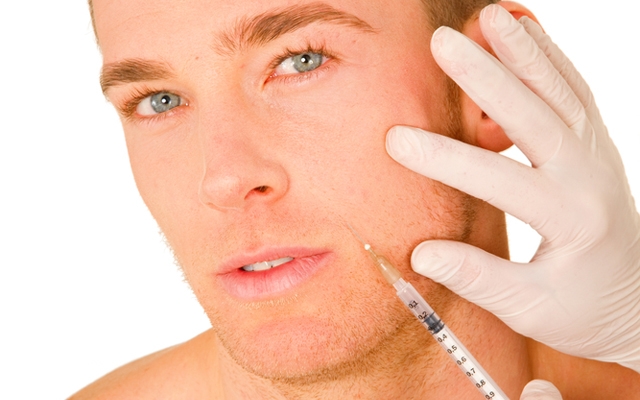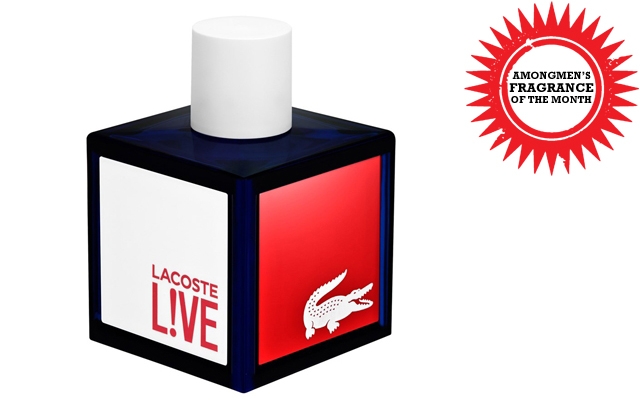You’re pro-sunscreen all the way, so wearing it is a nonnegotiable. You’re diligent. Not just now in the heat of summer, but 365 days a year. We feel you. Although, if you’re slathered in a sunscreen that leaves you looking shiny, complete with a greasy, slippery feel, well, we’d rather not and quite frankly, neither should you. Fortunately, you can avoid the sunscreen slime-factor with a little know-how.
According to Naomi Furgiuele, the senior director of global beauty face care at Johnson & Johnson it’s all about choosing a sunscreen with broad-spectrum protection, minus the greasy factor derived from chemical actives. “Sunscreen actives are typically oily materials so the feeling and finish of every sunscreen depends on the specific formula of the product,” explains Furgiuele. “We’ve carefully designed our products to deliver beautiful aesthetics. Our Dry-Touch technology helps leave a clean, lightweight, non-shiny finish, minimizing the unpleasant feel of sunscreen actives.”
Why wearing the right sunscreen truly matters:
Believe it or not, according to Furgiuele only 25 per cent of Canadians buy and wear sunscreen regularly. “Sun exposure is the number one cause of premature skin aging,” adds Furgiuele. “To decrease the risk of early skin aging caused by the sun, regularly use a sunscreen with Broad Spectrum SPF 15 or higher.” She recommends picking products, like Neutrogena Sheer Zinc Mineral Sunscreen, SPF 50 (from $15.99, available at drugstores across Canada), that list their deliverables right on the product’s label. This list should include things like, zinc-oxide, oil-free, non-comedogenic and broad-spectrum protection.
What is broad-spectrum protection?
This is protection against the sun’s UVA (aging) rays and the UVB (burning) rays. So make sure to check the product’s packaging to ensure it safeguards your skin from both. “We learn more every year about how to improve aesthetics and UV protection,” says Furgiuele. “It is simply ongoing innovation. We try to create sun protection that you want to wear. Our formulation expertise allows us to formulate with different ingredients that make the formula more aesthetically pleasing without compromising the efficacy.”
What makes zinc so great?
It’s a mineral. It’s healthy for your skin and it’s a natural element found in every cell of your body, in the earth and in the food we eat. Pair it with oxide to become zinc oxide and it becomes a super powerful, non-greasy, non-shiny broad-spectrum protector.
Once you’ve got it on, how do you get it off?
Based on their ingredients and formulations, some types of sunscreens can be harder to wash off than other. “You want [to use] a cleanser that will remove the sunscreen without irritating or compromising your natural skin moisture barrier,” advises Furgiuele. “A good cleanser will lift the oil, dirt and excess sunscreen from your face without leaving behind a residue or drying your skin.”












